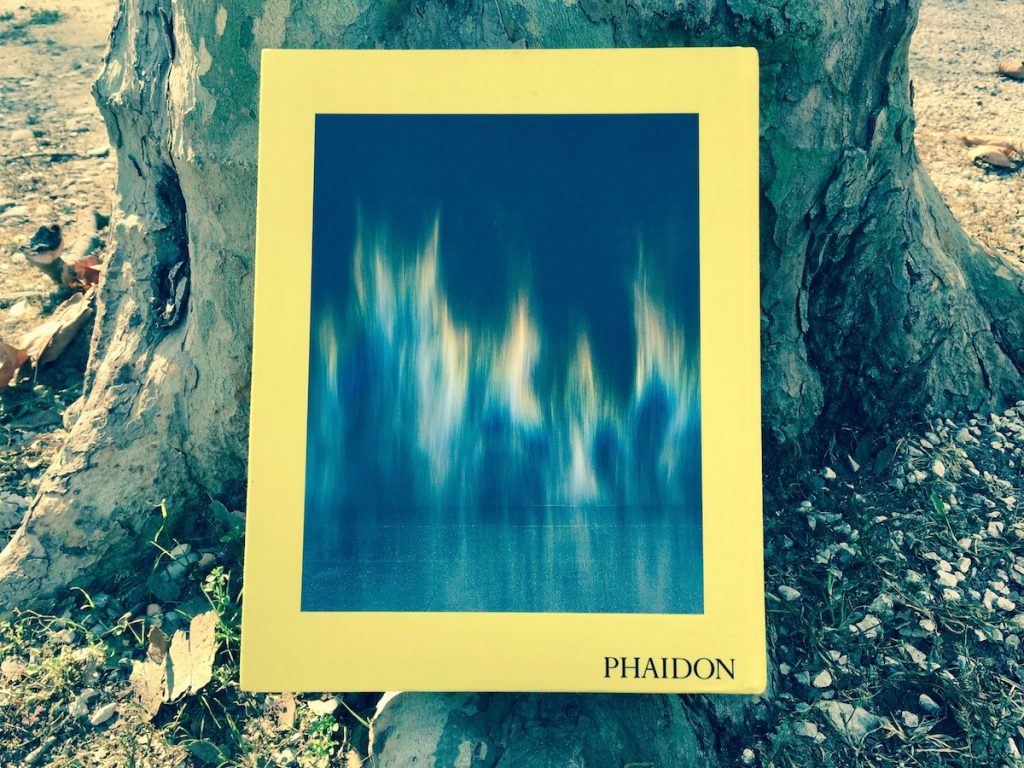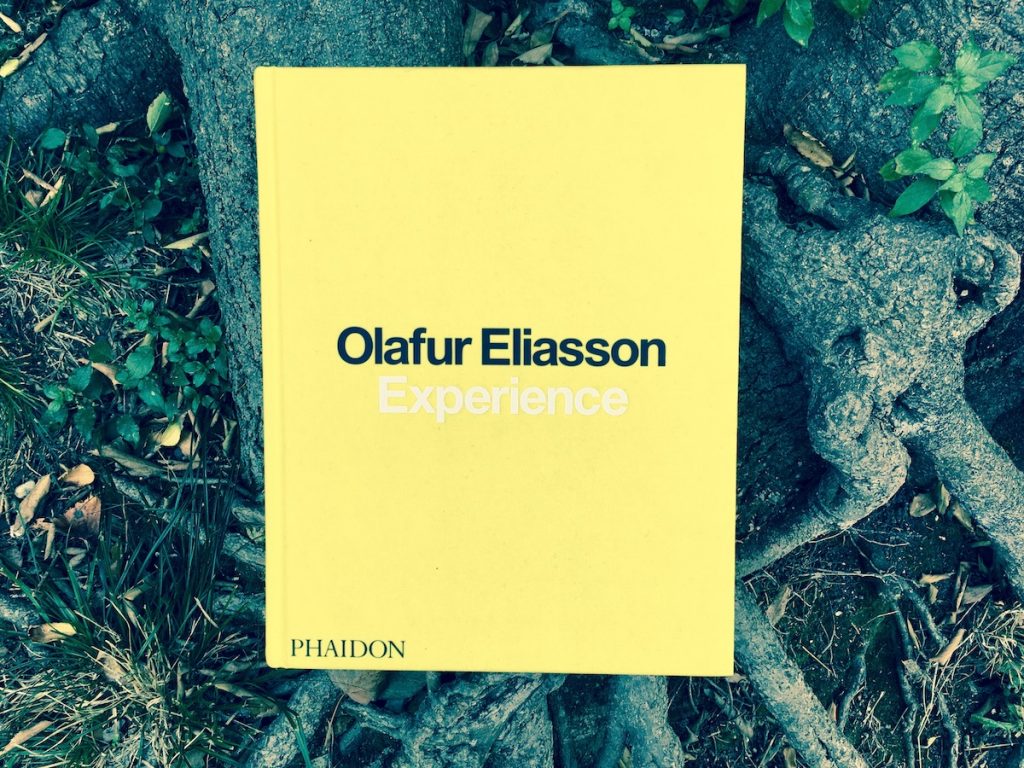Avid reader, breakdancer, urban edges wanderer, visual artist, de facto designer and architect, fond of maths and quasi-crystals, fond of music and nature, uncommon pedagogue and academies founder, total-art best ambassador, primus inter pares of 100 members of an interdisciplinary team of ‘worlds inventors’ (or, as he prefers, ‘world makers’) he founded in Europe, Berlin.
He has a double origin – Icelandic and Danish – and is named Olafur Eliasson (1967). Many, me included, regard at him as the most important and provocative intellectual (yet, an artist) of XX° and actual century. Who designed on any scale and for any new alphabet of modern times.
If you usually avoid to visit contemporary art museums and do not like art openings because you do not feel any empathy with the selected programs and works, do get to know the sole art in the world made to be experienced and completed with the interaction of the visitors. Or with their displacements, doubts and conflicting sensations.
That’s why, therefore, its titles are starting always with ‘your’. Your Black Horizon, Your Strange Certainty Still Kept, Your Sun Machine, Your Compound Daylight, Your Now Is My Surroundings, Your Negotiable Panorama, Your Waste of Time…
From the sun to the horizon to the rainbow, to the sole up-going waterfall passing via rivers colored of fluorescent nuances, from lampshades to chandeliers to buildings and facades and even lots of compasses (different from any other), from workshops with migrants to teach them cohesion and something about the country they struggled to survive in in form of a green lamp to build and sell (all this in the main world art festival!) to a ‘discovery’ academy going on for years in his studio and with a wandering venue in Addis Ababa. Oh, yes, he invented also new colours palettes.
Phaidon published on October 15 a yellow gigantic book prefaced by a Michelle Huo’s essay and interfaced by a very yellow and poignant interview – a dialogue between Olafur Eliasson and his collaborator Anne Engberg-Pedersen, head of Research and Communication in his studio.
It’s a a journey in texts and especially in images on 440 pages summarizing 30 years of art to experience, to feel, to be within and not with – does not matter where you will happen to encounter it physically (a square, a river, a street, a museum).
There is a date soon, anyway, to meet the artist in flesh and blood: he will talk of the publication and sign copies on October 26 (Queen Elisabeth Hall, Southbank, London) but let’s see what is inside the double covered volume.
Experience has just the title in the front. The back cover is an image of Beauty, an Eliasson’s work of 1993, the first work to be exhibited by a German gallery (previously the artist worked with Scandinavian dealers). It deals with refraction and reflection obtained projecting a light on mist with various inclinations. You will never see the same image because beauty is always different (and genderless).
By browsing the second part of the book (and maybe the finest one: the visual) you dig into a series of projects discovering he progresses on a same theme along many years: The Window Project he undertook when he was still a student of the Danish Academy of Fine Arts has been in the years investigated in order to fine-tune the properties of light – and of its opposite, the dark – in shaping spaces.
His ‘rewriting’ of a fictional horizon starts in his early carrier, on 1991, with Infinity: an horizontal blue line at his eye level.
His making of the ‘upside down’ waterfalls starts on 1998 with Reversed Waterfall exhibited at the European gallery which contributed a lot to his success, neugerriemschenieder, based in Berlin (the other one who bet on him since the beginnings is a NYC dealer, Tanya Bonakdar).
The ‘sun making’ started in Utrecht for his city-wide exhibition Panorama (1999) and culminated with The Weather Project at Tate Modern (2003). Indeed, sun was not the main creation there, given the place (Turbine Hall) has been re-shaped via 200 mono frequency lights backlighting a curve screen and via a fog machine producing a mist out of sugar and water which created an exclusive weather condition, plus a mirror on the ceiling enlarging the space. That show has been so far the most visited ever: 2 millions of people (many of them recurring visitors).
The visual section of the volume has a very comprehensive (short and beautifully written) set of captions coupled with a notation system allowing you to ‘plug and play’ and/or navigate back and forth an enormous and various corpus of works entangling (all together) natural phenomena, architecture, lighting design, mathematics, social science with a large dose of anarchism, landscape, music and much more.
If Experience will be your first step in Eliasson’s new alphabet where science meets mankind in a tangible way via arts, you will keep yourself amazed for hours and will find yourself surprisingly read it back frequently (and perhaps visit many of his exhibits in conventional spaces for arts).
Olafur Eliasson: Experience
ISBN 978 0711487 7587
EN, 440 pages, 500 color illustrations
305X238 mm, £ 65

